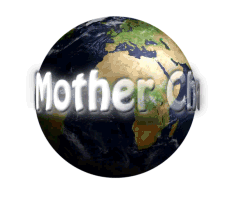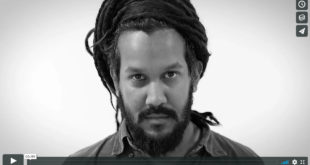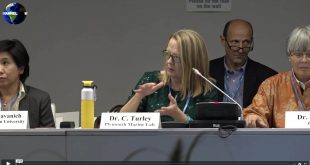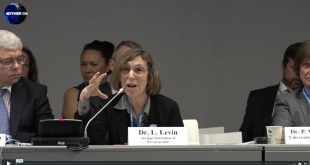This video is with Dr Ryabinin and talks about the blue carbon initiative. We have speaker Dr MS Copertino talking with us and she says how Brazilian soil has far more carbon than Amazonian soil. We hear about why the blue carbon initiative is important.
When protected or restored, blue carbon ecosystems sequester and store carbon.
When degraded or destroyed, these ecosystems emit the carbon they have stored for centuries into the atmosphere and oceans and become sources of greenhouse gases. Experts estimate that as much as 1.02 billion tons of carbon dioxide are being released annually from degraded coastal ecosystems, which is equivalent to 19% of emissions from tropical deforestation globally*.
Mangroves, tidal marshes and seagrasses are critical along the world’s coasts, supporting coastal water quality, healthy fisheries, and coastal protection against floods and storms. For example, mangroves are estimated to be worth at least US$1.6 billion each year in ecosystem services that support coastal livelihoods and human populations around the world.
What is blue carbon? Blue carbon is the carbon stored in coastal and marine ecosystems. The Blue Carbon Initiative currently focuses on carbon in coastal ecosystems – mangroves, tidal marshes and seagrasses. These ecosystems sequester and store large quantities of blue carbon in both the plants and the sediment below. For example, over 95% of the carbon in seagrass meadows is stored in the soils.
International Blue Carbon Initiative is a coordinated, global program focused on mitigating climate change through the conservation and restoration of coastal and marine ecosystems. Coastal ecosystems are some of the most productive on Earth. They provide us with essential ecosystem services, such as coastal protection from storms and nursery grounds for fish. We also know that they provide another integral service – sequestering and storing “blue” carbon from the atmosphere and oceans and hence are an essential piece of the solution to global climate change.
We hear from Dr S Chavanich from Chulalongkhorn University on how to preserve coral reefs who believes that working together is essential and must stretch beyond science communities. The mission she says is that the end of the coral reefs is changing the world and we must build a sustainable environment. Dr Chavanich believes the public often learns best through a story not the theory.
So we must come together and express the facts of science through stories that your average Joe public can understand.
Links: http://thebluecarboninitiative.org/ , https://oceanservice.noaa.gov/facts/bluecarbon.html ,
By Alex Mitchison
 Mother Channel Environmental, climate change news and media.
Mother Channel Environmental, climate change news and media.



